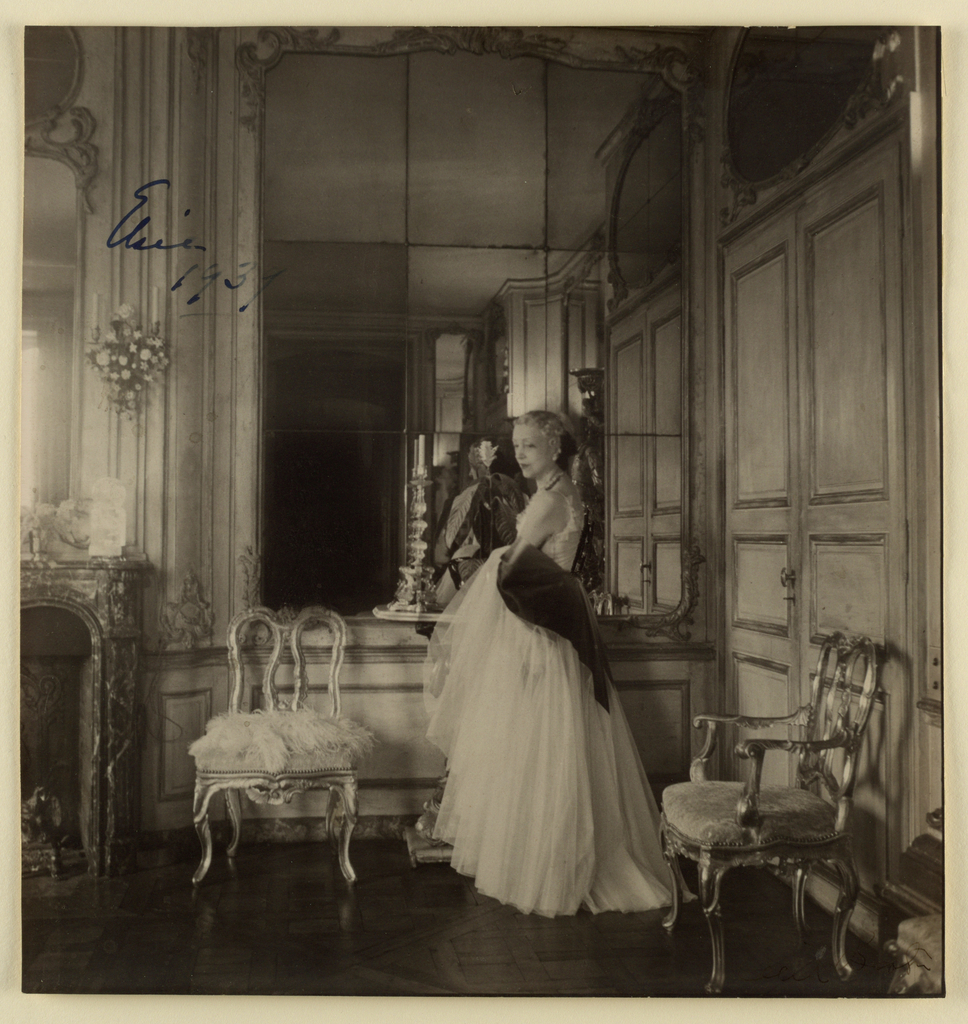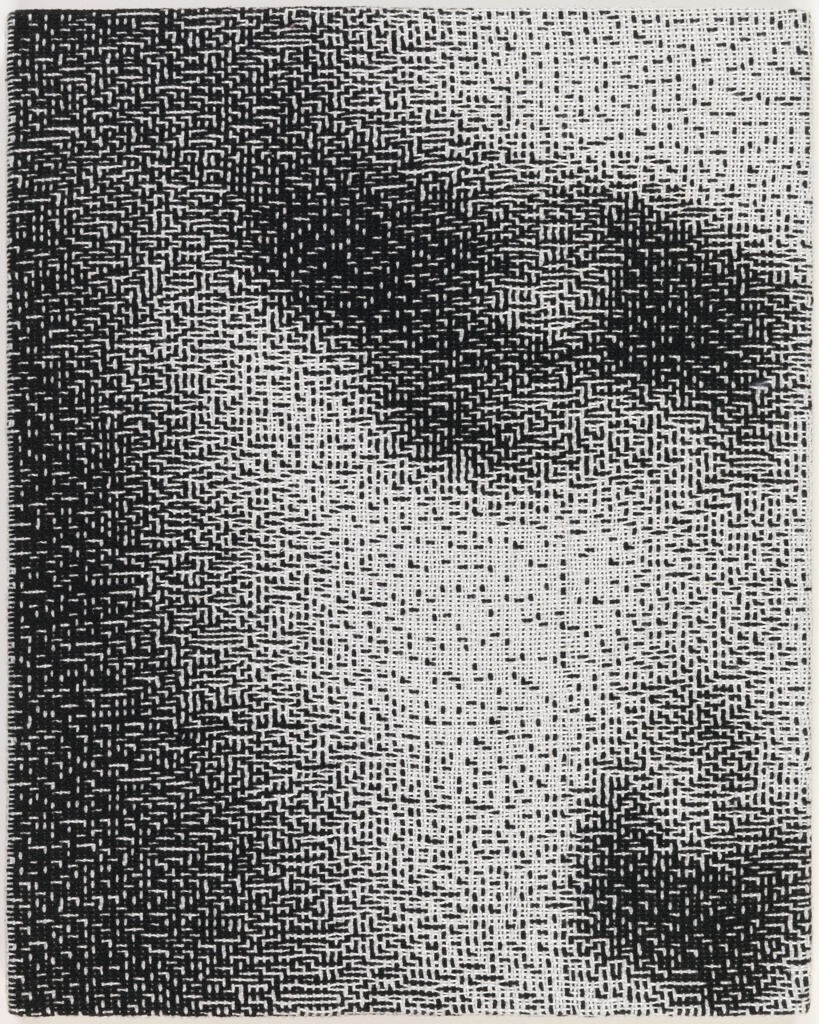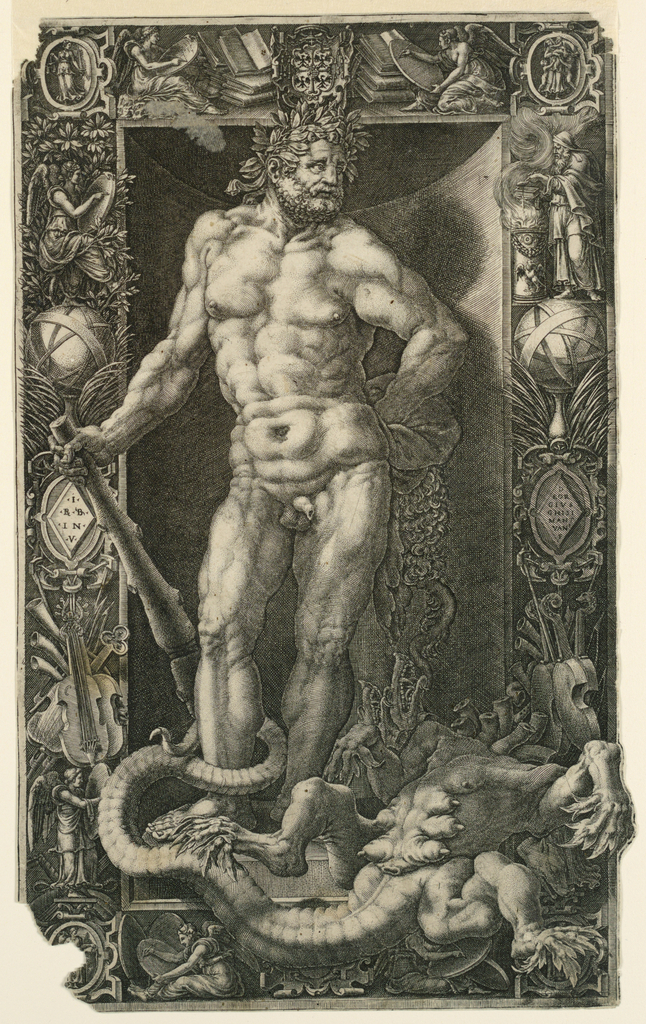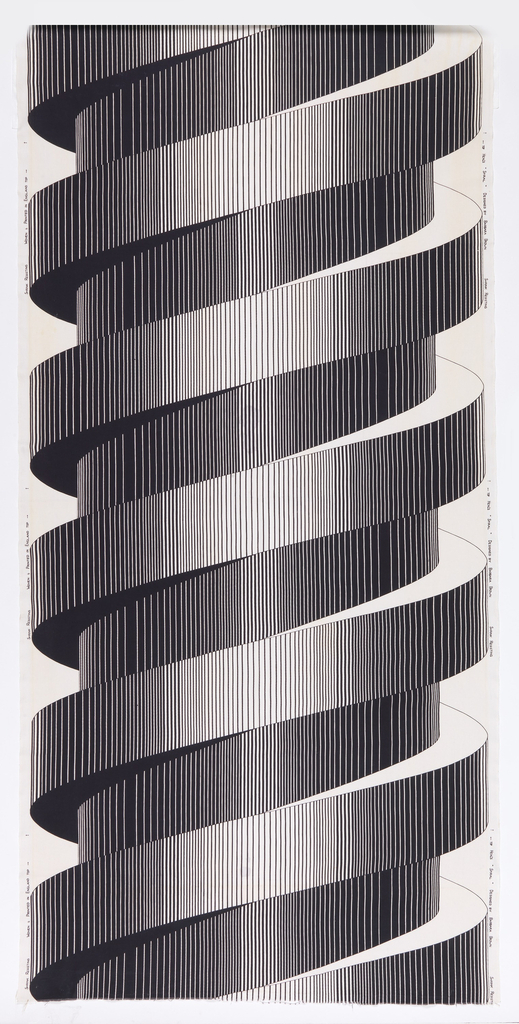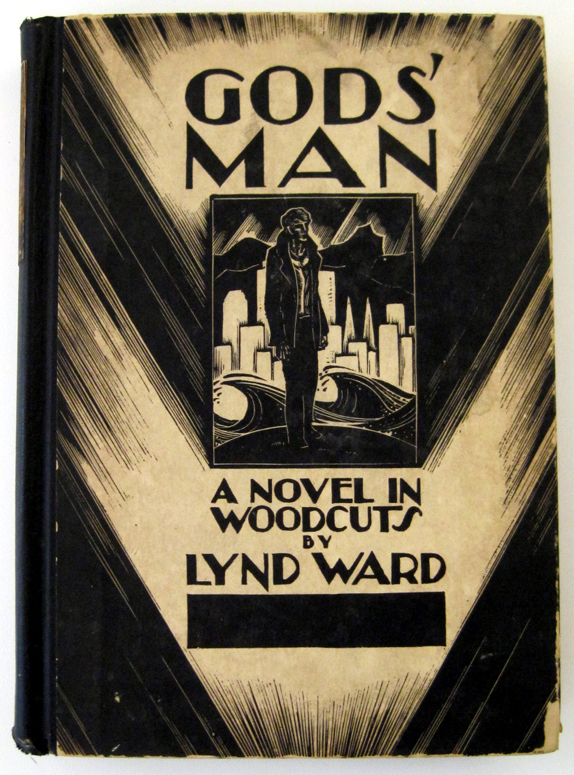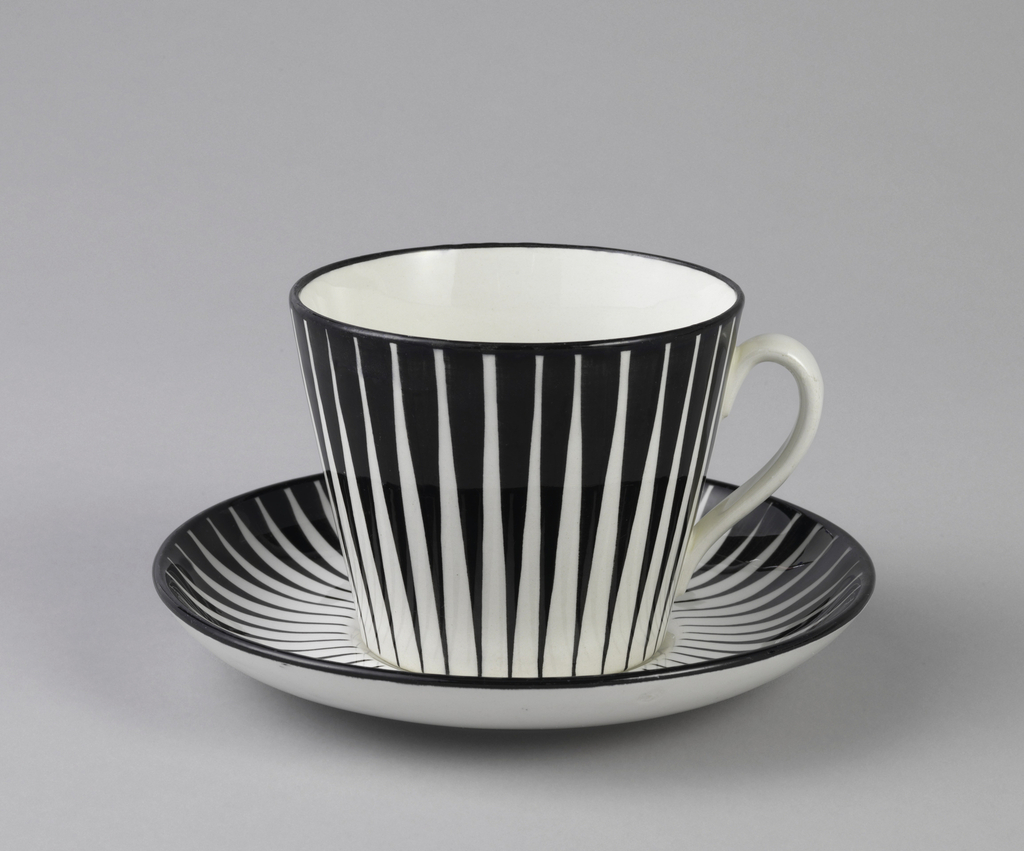In celebration of World Pride, June Object of the Day posts highlight LGBTQ+ designers and design in the collection. A woman of nearly seventy-five, dressed in a voluminous white gown with contrasting shawl, gazes over a well-appointed interior in a photograph by a thirty-five-year-old aesthete. The woman is Elsie de Wolfe, the interior is of...
In celebration of Women’s History Month, March Object of the Day posts highlight women designers in the collection. Lia Cook’s creative process combines photographic media and computer-aided technologies with a mastery of hand and powered Jacquard looms. Her black-and-white work is based on scanned photographs, which are manipulated on a computer. Digital technology enables her...
In this richly ornamented print from the Drawings, Prints, and Graphic Design department, Giorgio Ghisi (Italian, 1520-1582) portrays Hercules’ success in completing his second labor in his print Hercules Victorious Over the Hydra of Lerna. This print was designed for a frontispiece for artist Giovanni Battista Bertani’s commentary, titled Gli oscuri e difficili passi dell’opera...
In the 1960s, Heal Fabrics was London’s most avant-garde textile producer, and Barbara Brown was its most prominent designer. Trained at the Canterbury College of Art and the Royal College of Art, she began designing for Heal in 1958 and continued into the early 1970s. Brown’s distinctive style pioneered the fashion for bold geometric patterns...
Author: Noga Bernstein September is New York Textile Month! In celebration, members of the Textile Society of America will author Object of the Day for the month. A non-profit professional organization of scholars, educators, and artists in the field of textiles, TSA provides an international forum for the exchange and dissemination of information about textiles...
Cooper Hewitt Smithsonian Design Library librarian Elizabeth Broman discusses a 1929 American wordless novel.
In calculated contrast, sharp black wedges streak mathematically across a white ground. The black and white stripes that line Eugen Trost’s Zebra cup and saucer accentuate its tapered, circular form just as cleanly as they denote the wild zebra, from which it takes its name. These stripes, however, are hand painted. The Gefle Porcelinsfabrik in...
